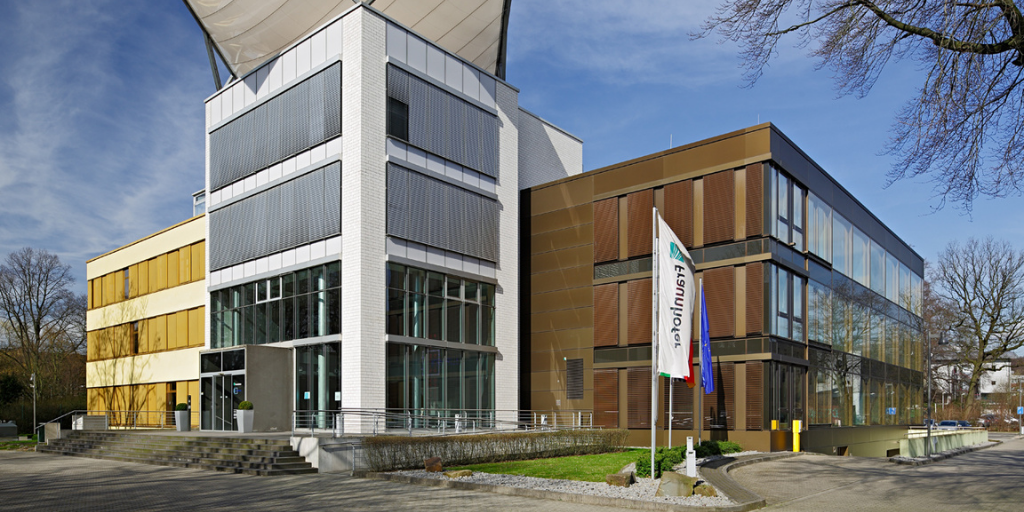Fraunhofer IMS is a German research institute working in the field of microelectronics and sensors. The institute’s well-known excellence is on sensors as well as circuits and systems, also for energy management. In the societal challenge of “energy transformation” IMS contributes with several pieces of the puzzle (for examples tools for energy efficiency and optimizing the smart grid) by increasing the degree of capacity utilization with tailored monitoring systems that allows better usage of renewable sources.
In the D4S project, through this approach, Fraunhofer IMS implements a novel energy harvesting design based on inductive coupling and allowing a drone to grasp and perch onto an overhead power line to recharge its batteries. The concept is based on a clip-on converter whose core closes around the line when the drone docks with the high-voltage overhead line.
THE DESIGN: setting weight, power and material
An energy harvester was realized that consists of a customized core shape and material with a copper winding to tap the energy from the line. Due to the high-power requirement for charging the batteries, these parts require a considerable weight, which results from a large cross-section of core and wire. In the design, special attention was paid to keeping the weight as low as possible. In addition, an electronic module converts the induced power into an adapted charging current for the battery.
After laboratory setup, that was used to verify the results, now a demonstrator is ready to test the system in the real-world environment. The challenge is to provide the high primary current, which is usually only available real power lines. Together with partner SDU the energy harvester was integrated in a drone and is ready for testing.
BATTERY CAPACITY AND WEIGHT: a correlation to be taken into consideration
The major advantage of the Drones4Safety approach is that the drone or swarm of drones can independently perform the work of inspection over long extended periods of many hours without the need for intervention by personnel. This saves the operator enormous time and money. The flight time of a drone is mainly determined by the battery capacity and weight. Unfortunately, the increase of battery capacity also leads to the increase of weight. Practically speaking, this means that flight time cannot be increased simply by using larger batteries. So, recharging the battery on the fly is an ingenious feature. Even though the Energy Harvester also brings its own weight, the operating time can be significantly extended through automated recharging and becomes very interesting for automated use for transport and inspection.

THE LIMITS OF THE REGULATIONS: a challenge to be overcome
The partners in the Drones4Safety project are already working very well and successfully to solve the technical challenges. The drone itself, path planning and control for autonomous flight, damage detection and battery recharging represent major progress in this technology area. However, getting permission for such an operation is also a challenge.
Nowadays, rules must be observed when flying drones, such as the existing line of sight from the pilot to the drone or the distance to critical infrastructure, such as railroad lines. European countries have implemented this more or less strictly and published regulations.
Thus, in the future, the potential of the technology must be made known in order to awaken the need at all levels and among all decision-makers. This will only succeed if it can be successfully demonstrated that the safety and security for operating a system is given. But even then, it will take some time before we can make drone swarms work for us.
COOPERATION: a key-element to solve technical problems
Research shows that the use of drones is possible for numerous civilian applications. Many projects worldwide are working on solutions that demonstrate this. Drones4Safety particularly demonstrates the successful cooperation of partners with different competencies and overcomes many technical hurdles.
I hope the results will spark interest among many users and generate a push toward the applications and unlock further activities to promote the use of drones.

